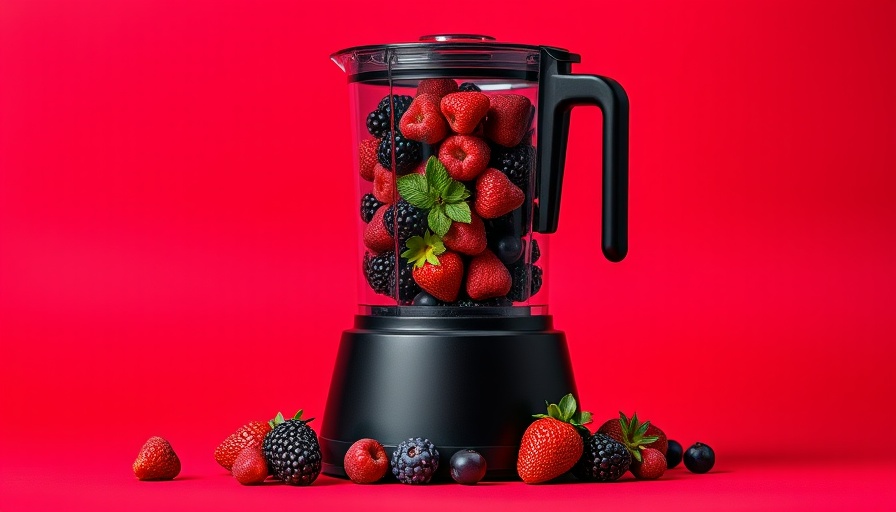
Which Ninja Blender Will Elevate Your Home Kitchen?
If you’re a fine dining aficionado or foodie, the blender you choose can make or break your kitchen experiences. Enter Ninja blenders, celebrated for their robust performance and ingenious versatility, which are essential for crafting everything from luxurious smoothies to artisanal soups. With a powerhouse in your kitchen, creating dishes that offer Michelin-star dining experiences continues to become a breeze.
Top Picks for Home Cooks Seeking Quality
Because Ninja blenders come in various models, let’s explore our top choices that stand out due to their efficiency, ease of use, and special features targeted to elevate your dining at home:
- Best Overall: Ninja® Professional Plus Blender DUO with Auto-iQ - Perfectly balances power and precision for dazzling smoothies and soups.
- Best for Multitasking: Ninja Detect Kitchen System Power Blender Plus Processor Pro - Designed for the ultimate flexibility in handling diverse food prep tasks.
- Best Personal Blender: Ninja Blast Max Cordless Portable Blender - Ideal for quick single-serving smoothies on the go.
What to Consider When Choosing a Ninja Blender?
Shopping for a Ninja blender can be overwhelming given the variety of options available. Key considerations include:
- Wattage: Look for motors with higher wattage for tougher ingredients like frozen fruit or nuts.
- Capacity: Determine if you need a large capacity for family servings or smaller models for personal smoothies.
- Accessories: Some blenders come with extra processing cups or attachments perfect for experiences like making artisanal cocktails and mixology trends.
Upgrade Your Culinary Toolkit
As someone who enjoys entertaining, integrating a Ninja blender into your home could significantly enhance your hosting. Imagine presenting gourmet tasting menus or luxury seafood and caviar tastings with dishes made in a blender renowned for its consistent results.
Real-Life Application: Transforming Dishes
From crafting velvety soups with a few simple ingredients to whipping up smoothies that seamlessly blend our two favorite splurges—health and decadence. The Ninja blender enables home cooks to enjoy exclusive chef’s table reservations at home, elevating personal dinner gatherings into memorable fine dining experiences.
Common Questions About Ninja Blenders
Backed by user reviews, Ninja blenders have gained popularity for their reliability and innovative features. Here are a few frequently asked questions:
- How long does it take to clean? Most Ninja blenders can be cleaned in minutes, which is ideal for busy schedules.
- Can I blend hot ingredients? Absolutely! Many models are designed for soups, ensuring a seamless transition from cooking to blending.
Ultimately, selecting the best Ninja blender can significantly impact both your kitchen efficiency and the quality of your dining experiences. Whether it be for preparing meals or serving up exquisite drinks at home celebrations, the right Ninja blender can take your culinary skills to the next level.
As you elevate your kitchen game, consider exploring luxury food and wine festivals or fine dining events in your area. These opportunities not only inspire your culinary endeavors but also foster a connection with community pleasures and gourmet lifestyle.
 Add Row
Add Row  Add
Add 




Write A Comment